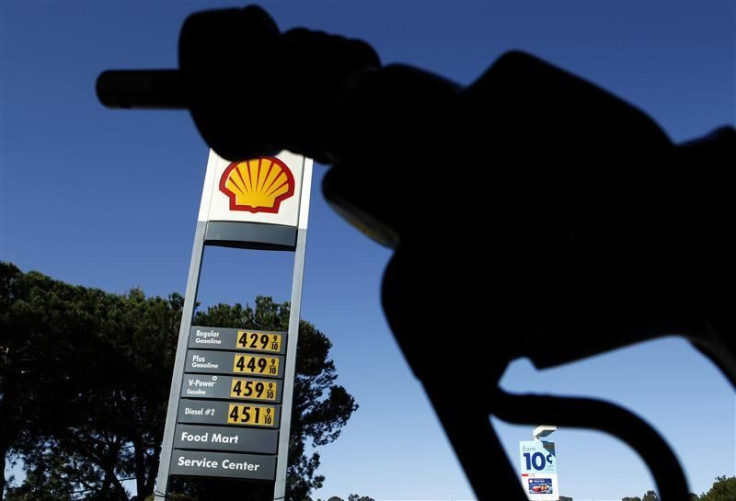Pain at the Pump: Are U.S. Gas Prices Headed for $5 a Gallon by June?

While the U.S. gasoline price average has jumped six cents since last week amid rising international tensions and domestic price speculation, analysts with the American Automobile Association say the apex won't exceed $5 a gallon.
That is unless a world-wide catastrophic event, like war breaking out between Iran and Israel, takes place in the near future, said Nancy White, a spokeswoman for AAA.
At $3.57 a gallon, the national price average remains below its all time-record. Prices currently are 44 cents higher than last year, and 18 cents higher than a month ago.
White said the national average at the pump is likely to go as high as $4.50 by Memorial Day, May 28, but the actual price will depend largely on where in the country you live as well as how things play out abroad.
It's hard to say [how much gasoline prices will increase], White said. It's as hard as trying to predict the winners of the Oscars.
In general terms, because gasoline is a refined product of crude oil, the upward trend reflects overall uncertainty in the world economy. The upward trend in crude prices is also being influenced by people hedging their bets -- speculation begets fear which begets increased prices -- on fuel supply disruptions if war breaks out with Iran.
Iran has already suspended fuel deliveries to some Western European countries. The fear that more cutbacks are on the way is not keeping crude prices stable.
The price for a single barrel of oil in the U.S. on Tuesday jumped $2 since last Friday to $105.20. The price of crude has jumped 7.4 percent since Jan. 31.
Brent crude in London traded at $120.54 a barrel Tuesday, just under $1 from Friday's trading. For many in the U.S., it is this spread in crude prices that makes all the difference when purchasing gasoline at the pump.
Avery Ash, AAA's manager of regulatory affairs, said in an interview last week that refineries in the U.S., especially along the East Coast, purchase global crude products, including Brent, in order to refine crude oil into gasoline.
There isn't the necessary infrastructure, Ash said, to transport U.S. crude which is refined mostly in the Midwest, to refineries located along either coast. East Coast refineries, therefore, pay for more expensive global crude to make gasoline.
As a result, the price goes up.
In New York, gasoline prices jumped three cents on average to $3.88 coming ever closer to the state's all-time record of $4.30 a gallon reached in July 2008.
In an interesting reversal, states like Alaska, Michigan and Ohio, closer to Midwestern refineries, have seen their gas prices drop by as much as 19 cents, helped in part by of a supply backlog in Oklahoma, Ash said.
Crude imports from Canada and ramped-up production in the U.S. have created a glut which has insulated domestic oil and helped deepen the difference between U.S. crude prices with those of Brent crude.
This difference is also driving some refineries to shut their doors, especially on the East Coast. The extra cost has already made ConocoPhillips and Sunoco back out of the region, closing down three refineries comprising 50 percent of the region's refining capacity.
To add insult to injury, drivers are not taking to the roads as much as they used to. Demand for gas in the last four-week period, according to last Wednesday's weekly Department of Energy report, averaged 11.116 million barrels per day, its lowest level since April 25, 1997.
--
© Copyright IBTimes 2024. All rights reserved.





















